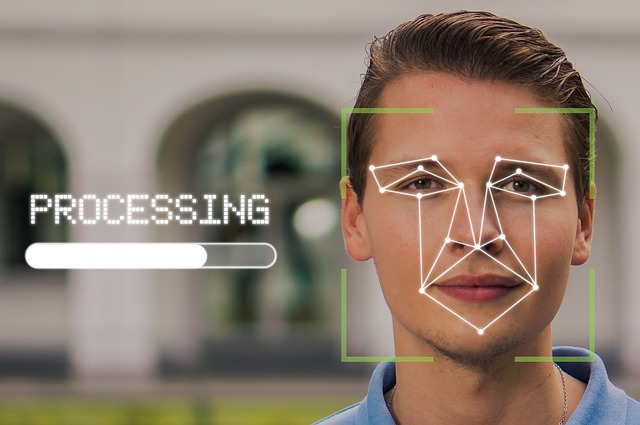Biometric Vehicle Access: The Future of Car Security
Imagine approaching your car, and without reaching for your keys or fumbling with a fob, the door unlocks as it recognizes your unique physical attributes. As you settle into the driver's seat, the steering wheel adjusts to your grip, and the engine purrs to life, all triggered by your presence. This isn't science fiction—it's the cutting-edge world of biometric vehicle access, a technology poised to revolutionize how we interact with our automobiles.

Understanding the Technology Behind Biometric Vehicle Access
At its core, biometric vehicle access relies on the principle that every individual possesses unique physical characteristics that can be measured and analyzed. The most common biometric identifiers used in automotive applications include fingerprints, facial features, retinal patterns, and even gait recognition. Advanced sensors capture these biometric data points, which are then processed by sophisticated algorithms to create a unique digital signature for each authorized user.
The Multi-Modal Approach: Enhancing Accuracy and Security
While single-factor biometric authentication can be effective, many automotive manufacturers are exploring multi-modal biometric systems. This approach combines two or more biometric identifiers to create a more robust and secure authentication process. For example, a vehicle might use both facial recognition and voice authentication to ensure that only authorized individuals can access and operate the car. This multi-layered approach significantly reduces the risk of false positives or security breaches.
Beyond Access: The Extended Applications of Automotive Biometrics
Biometric technology in vehicles extends far beyond mere access control. Once inside the car, biometric systems can personalize the driving experience to an unprecedented degree. Seat positions, mirror angles, climate settings, and even infotainment preferences can automatically adjust based on the recognized user. Furthermore, biometric monitoring can enhance safety by detecting driver fatigue or distraction, potentially preventing accidents before they occur.
The Challenges and Ethical Considerations
As with any emerging technology, biometric vehicle access faces several challenges. Privacy concerns top the list, with critics questioning the storage and potential misuse of sensitive biometric data. There are also technical hurdles to overcome, such as ensuring consistent performance across various lighting conditions and accommodating changes in a user’s appearance over time. Additionally, the automotive industry must grapple with ethical questions surrounding data ownership and the potential for biometric information to be subpoenaed or hacked.
The Road Ahead: Integration and Standardization
For biometric vehicle access to become mainstream, industry-wide standardization is crucial. Efforts are already underway to develop common protocols and security standards that will allow for seamless integration across different vehicle makes and models. This standardization will not only improve user experience but also address many of the security and privacy concerns associated with biometric data.
Biometrics and the Sharing Economy
The rise of car-sharing services and the broader sharing economy presents another exciting avenue for biometric vehicle access. Imagine a world where you can rent a car simply by approaching it, with the vehicle recognizing you as an authorized user based on your biometric profile. This could streamline the rental process, eliminate the need for physical keys or access cards, and significantly enhance security in shared mobility scenarios.
The Impact on Insurance and Liability
The integration of biometric technology in vehicles has far-reaching implications for the insurance industry. With the ability to definitively identify who was driving a vehicle at any given time, insurance companies can offer more personalized and accurate policies. This could lead to fairer premiums based on individual driving behavior rather than broad demographic categories. Moreover, in the event of an accident or theft, biometric data could provide crucial evidence, potentially simplifying claims processes and reducing fraud.
Conclusion: A New Era of Automotive Interaction
Biometric vehicle access represents more than just a convenient way to unlock your car—it’s a fundamental shift in how we interact with our vehicles. As this technology continues to evolve and mature, we can expect to see a transformation in automotive security, personalization, and user experience. While challenges remain, the potential benefits of biometric integration in automobiles are too significant to ignore. As we move forward, the line between driver and vehicle will continue to blur, creating a more seamless, secure, and personalized driving experience for all.





